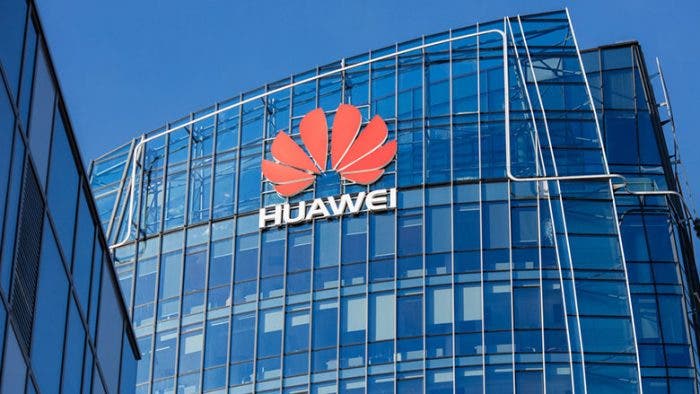Despite the ban on Huawei by the US government which is truncating the activities of the company, Huawei is accelerating the launch of its new generation of Kirin chips. According to the latest reports, TSMC has begun mass production of Kirin 985 chips to meet the delivery date. Earlier, it was reported that the Kirin 985 chip mounted on the flagship Huawei Mate 30, which will be released in the second half of the year, will be based on TSMC’s 7nm+EUV (Ultraviolet Lithography) process. This is also the first time that TSMC has produced EUV lithography.

At present, Apple A12, Snapdragon 855 and Kirin 980 adopt the first generation 7nm process of TSMC. The second generation 7nm will use EUV (Ultraviolet Lithography) to etch the transistors on the silicon wafer. This technology can make the position of the transistor more accurate, and the transistor density on the chip can be increased by 20%, making the unit area of the chip is more powerful and consumes less energy.
The first smartphone chip that uses EUV (Ultraviolet Lithography) is Huawei’s Kirin 985. With the addition of EUV, the Kirin 985 is expected to be faster and consume less power. It is reported that Kirin 985 is still integrated with the 4G baseband. However, it can be externally connected with the Balong 5000 5G baseband.
During the P30 series release, Yu Chengdong revealed that Huawei is considering putting 5G functions into the next-generation Mate series. In other words, the Mate 30 and Mate 30 Pro series are also expected to support 5G networks. Huawei’s new SoC developed after the Kirin 985 will directly integrate the 5G baseband, which is expected to come out early next year, and the supported frequency bands also cover high-frequency millimeter waves.





